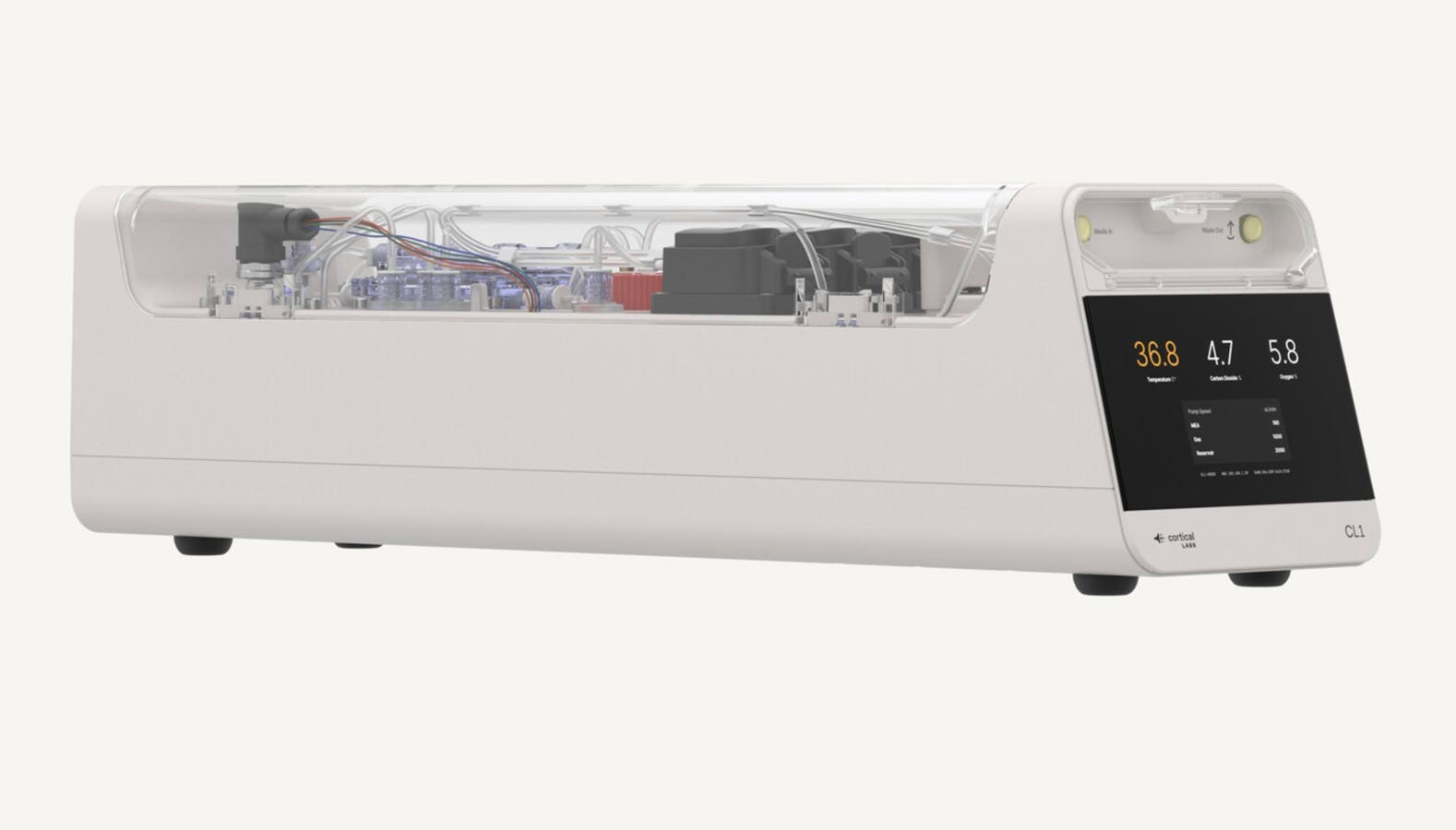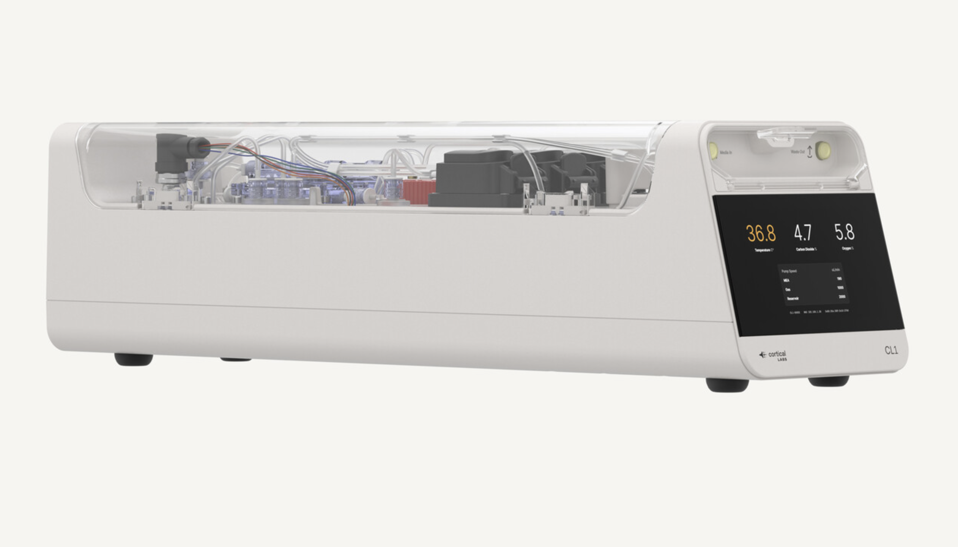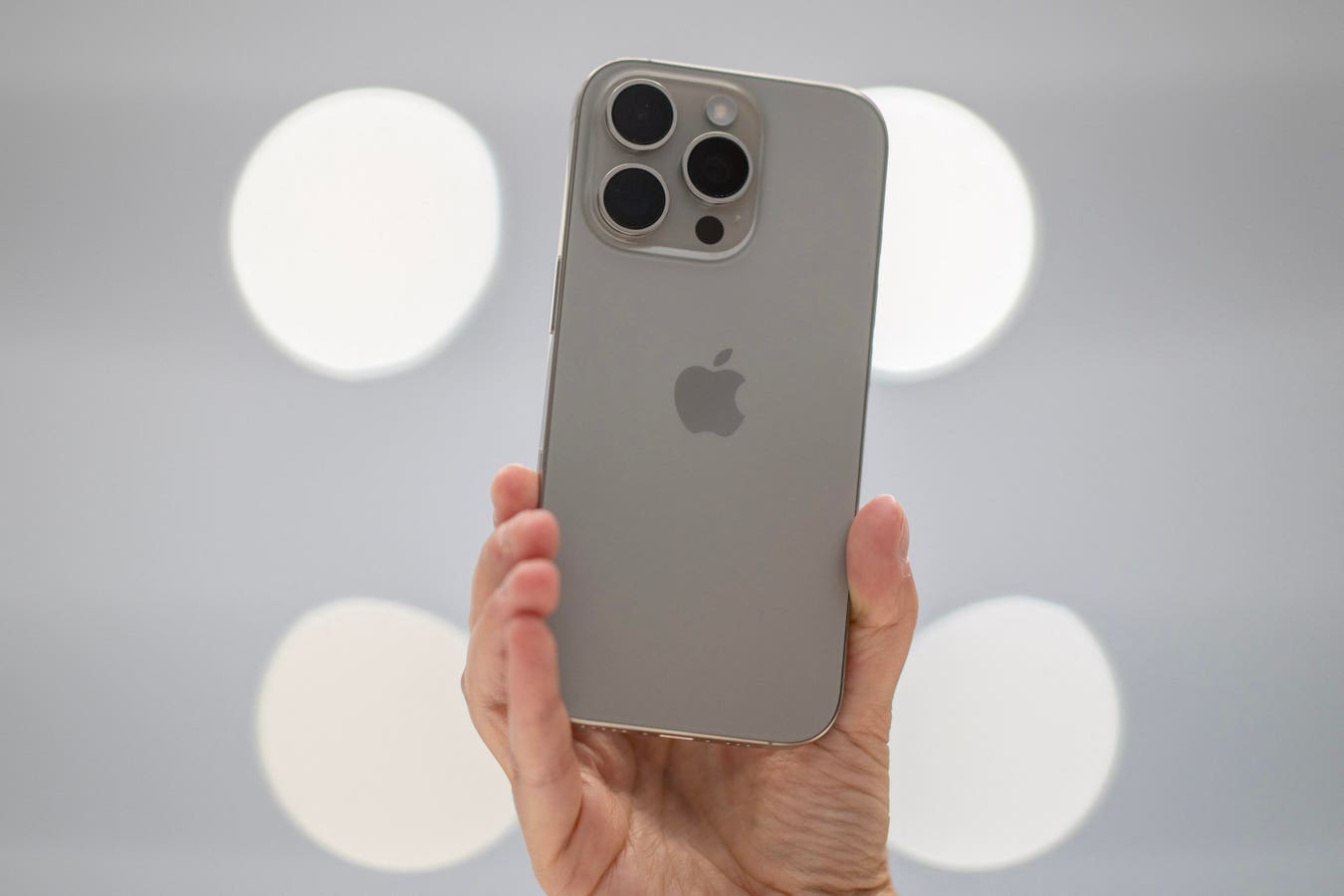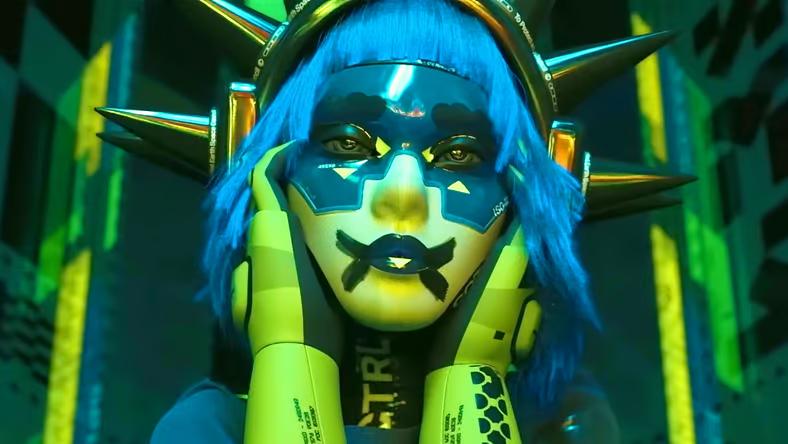The Cortical Labs CL1 biological computer with human brain cells.
The world’s first “code-deployable” biological computer is now for sale. The Cortical Labs CL1 costs $35,000 and has 800,000 human brain cells living and growing in a nutrient solution on a silicon chip. Computer scientists can deploy computer code directly to these neurons, which have been integrated into a “biOS” or Biological Intelligence Operating System with what the company says is a mixture of hard silicon and soft tissue.
The goal, according to the companies’ founder? Smarter AI that drops some of the A and adds more of the I. Maybe, eventually, smarter brains than the ones we currently walk around with.
“The only machine or the only thing that we know of that actually has true intelligence is the brain,” founder and CEO Hon Weng Chong told me when I interviewed him five years ago, while he was still using mice neurons. “So we said, let’s start with the basic building structure, the building blocks being neurons, and let’s build our way up and maybe we’ll get there along the way.”
Our human brains have neurons connected together in hierarchies, and from that emerges intelligence and consciousness, he adds. This approach is similar to neuromorphic computing architectures, which attempt to mimic biological brains with silicon-based hardware, but of course different in that neuromorphic chips do not typically use actual living brain cells.
Cortical Labs, based in Australia, says scientists can solve today’s most difficult problems with their biological computers, which they say are self-programming and infinitely flexible.
A key difference between biological computers and silicon-based chips, of course, is that biological computers last even less time. The neurons that ship with your CL1 will live for “up to six months,” at which point you’ll likely have to invest in a refresh or refurbishment which provides new neurons for continued compute. And yes, biological computers need food and water and nutrients, all of which are supplied onboard via a life-support system the keeps them at optimum temperature. Plus, it filters out waste byproducts of living human cells: the kind of work kidneys might do in a full living organism.
A Cortical Labs chip under a high-powered electron microscope. You can see tight connections between … More
In some ways the CL1 is more like a space ship than a computer, because it’s a self-contained life support system that requires few external inputs. A key difference: the need for external power.
From the outside, though, you treat the CL1 as a typical computer.
You can plug in USB devices, cameras, even actuators if you want your CL1 to control a physical system. (Which, frankly, human neurons are typically pretty good at.) And there’s a touchscreen so you can see system status or view live data.
Five years ago, Cortical Lab’s then-CTO Andy Kitchen told me they were deploying systems with tens of thousands of neurons to hundreds of thousands of neurons, but that their roadmap included “scaling that up to millions of neurons.” Now Cortical Labs sees their biological computers growing to hundreds of millions of cells, and with different technologies, billion or trillion-cell levels.
However, there’s not a direct one-to-one equivalent with neuromorphic neurons in a silicon-based system, he added. Biological neurons are much more powerful, he says.
Interestingly, communicating with physical human neurons in a biological computer is vastly different than writing computer code to an artificial computer.
“The premier way would be to describe your task somehow, probably through some sort of very high-level language, and then we would turn that into a stimulus sequence which would shape biological behavior to fit your specification,” Kitchen told me.
Part of the difference is how to encode and communicate the problem, and part of the difference is that the CL1 neurons, like the ones in your brain right now, have some plasticity: they can essentially reprogram themselves for different tasks. Essentially, the neurons learn how to solve your problem, just like you learn how to do new things.
You won’t likely see CL1 systems in general use anytime soon: currently, the targeted customers are in medical fields like drug discovery and disease modeling, says IEEE Spectrum. There’s the added value that scientists can perform experiments on a little synthetic brain as well.
If all of this seems on the edge of creepy, or even right over, that’s likely because it is. CL1 says they don’t do any animal testing, although they did start with mouse neurons, and they say that the human brain cells in their biological computers are lab-grown. But clearly the first human neurons came from somewhere.
Cortical Labs says customers have to get “ethical approval” to general cell lines, and require buyers to have proper facilities to maintain the biological chips. What exactly that means, however, is unclear.
Soon we may see physical system in the world, like humanoid robots, with partially organic components to their brains.









